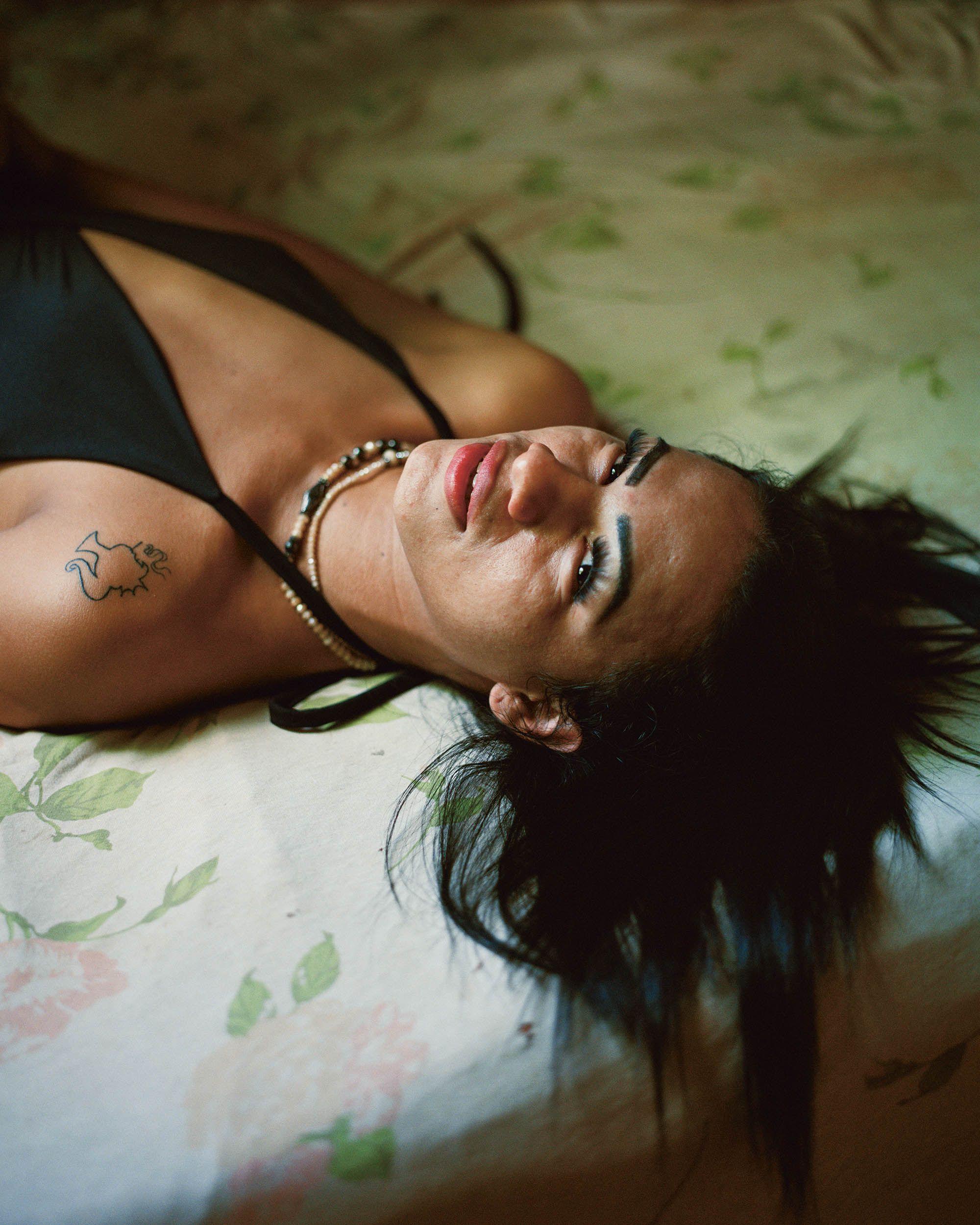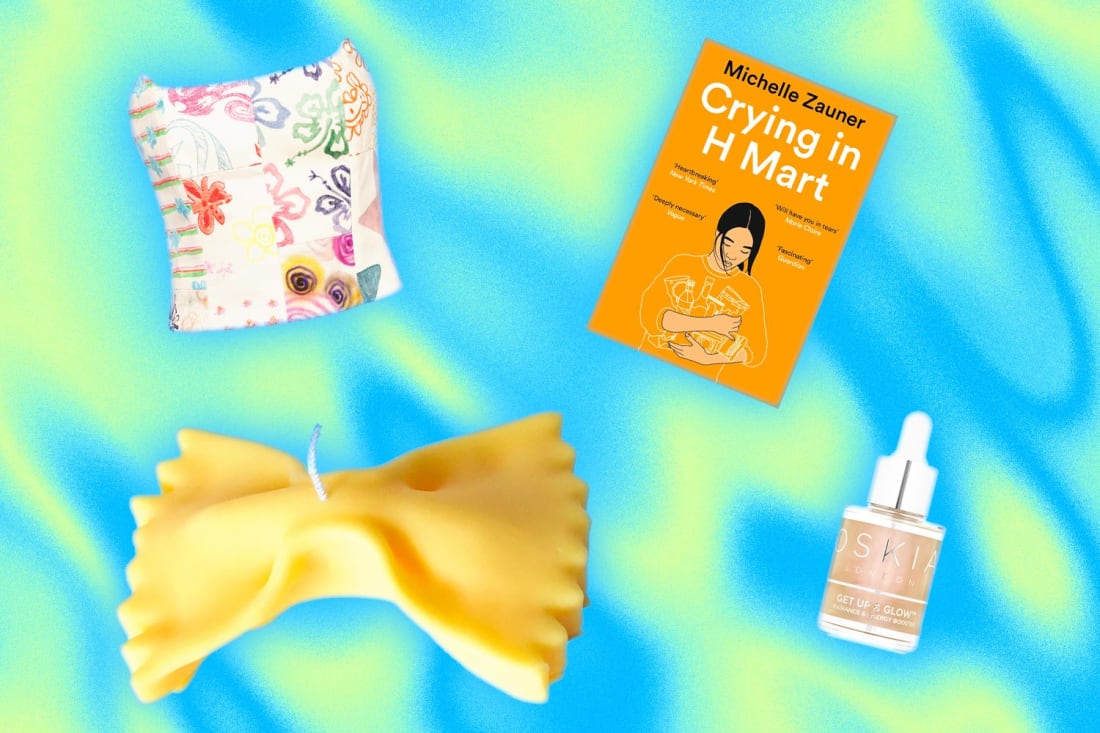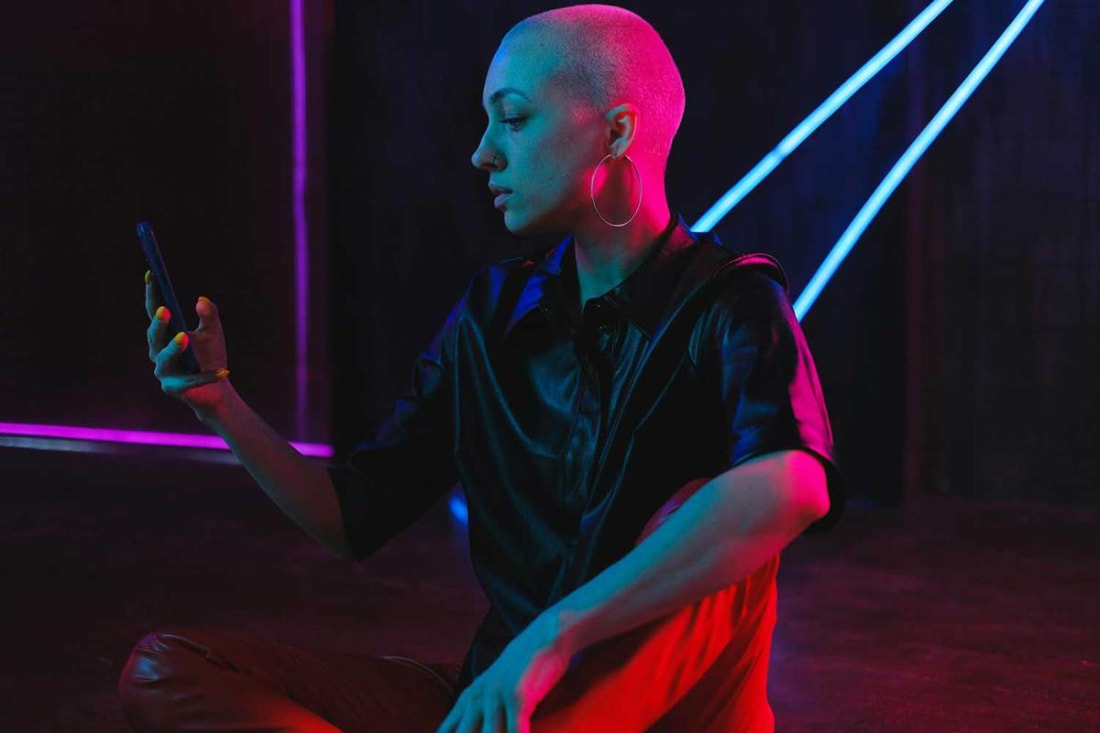Intimate photos of queer indigenous youth in the Amazon rainforest
Daniel Jack Lyons’ debut monograph, Like a River, explores heritage, identity, and the resilience of a young LGBTQ+ community amid homophobia and social stigma
Daniel Jack Lyons’ debut monograph, Like a River, explores heritage, identity, and the resilience of a young LGBTQ+ community amid homophobia and social stigma
In Daniel Jack Lyons’ Like a River, we dive deep into the closely held ideals and identities of marginalised communities in the Amazon, capturing the transformations and coming-of age of a group of queer young people in remote parts of Brazil.
Lyons is both trained as a photographer and in social and medical anthropology. They started working in the Amazon for a community-based organisation that both celebrates and supports the lives and cultures of young people living there. As a non-binary photographer dedicated to the socio-political rights of queer people, it’s clear when speaking to Daniel that collaboration is central to this project. Their subjects steer an intimate, at times joyful, other moments heartbreaking, narrative of life on the fringes. It is tender and attentive, focused on the LGBTQ+ community that resides in the Brazilian Amazon, and calls for them to be seen for more than the social stigma and environmental degradation they face.
Not dissimilar to Nan Goldin’s The Ballad of Sexual Dependency, Daniel’s Live a River has been carefully crafted to capture underrepresented communities in a way that doesn’t feel exploitative, for they are entwined with the people they photograph. Their lens acts as a catalyst of change, demanding better representation. Rather than an artist fleeting between communities to document them in a way that feels intrusive or voyeauristic, Daniel seeks connections, befriending people to in turn strengthen the global queer community. Their mantra: We are not liberated until we all are liberated.
We talk to them about their inspirations, the community they capture and how they found the selection process for Like a River.

What was your journey to becoming a photographer?
Daniel Lyons: As a teenager, I used to play in these really terrible punk bands and started documenting my friends. Then I went to college on an art scholarship – for my photography, paintings and sculpture. But the programme was really limited, and I became dissatisfied. At the same time, my art got much more political. I came out of the closet as queer and launched myself into radical queer activism. A friend told me I should consider changing my major to social sciences and sociology.
So that’s what I did. I left behind my art scholarship, and really dove deep into critical race theory, critical queer theory, and graduated with a degree in social and behavioural sciences. This led me to move to Mozambique for four years. Photography was a creative outlet that could be applied to anything I was doing in my life.
I later got a scholarship to attend Columbia University for a degree in Medical Anthropology where I found this methodology called Photovoice, which was a way of incorporating photography into ethnographic methods. When working as a consultant, I began using this methodology for big human rights bodies, like the UN. I really struck a chord with this project in Ukraine called Displaced Youth. Crimea had been invaded, and everybody was being dispersed at that time – artists, musicians, queer activists had all been displaced. That was the first series that caught some attention. The editor at Italian Vogue, Alessia Laviano, called me and said, “You're coming to Milan for an exhibition I'm putting you in.” That was really the beginning of my photography career.

How would you characterise your early images? And how has your work changed over time?
Daniel Lyons: This work really feels like it builds off previous work. In terms of a large time invested in a series that I've made – there was the one I did in the Ukraine. Then I made a series in Mozambique, where the social stigma is so strong that people are terrified to be acknowledged as gay. People don't want to meet together in public, everything happens clandestinely. It's this weird situation where you have progressive laws, but really conservative societies structures.
We decided to make a series there with friends and activists that I knew. We rented out a hotel during the day because it was only $12 for the entire day. Everybody was encouraged to bring things to make it queer, whether that's flowers, or a lover or makeup, or whatever. This idea of queerifying a space collaboratively really carried through to Like a River.
Which photographers have influenced your work?
Daniel Lyons: Graciela Iturbide, Philip-Lorca diCorcia, Nan Goldin… it's interesting, while there's a lot of photographers that influenced my work, it's also fair to mention that there's anthropologists who have really inspired me as well. Paul Farmer has done an amazing job at amplifying the voices of marginalised communities, and in doing so in such a delicate way.

It sounds like an honour, but also a responsibility to be capturing so many personal stories. Can you tell me a bit about how collaborative you are with your subjects?
Daniel Lyons: During my first trip to the Amazon in 2019, the word was put out to set up this meeting with every kind of person; traditional dance groups, land sovereignty indigenous activists, marginalised artists, teenagers, rappers, punk rock kids. I gave a presentation showing my work and explained that anyone who is interested in collaborating with me can give me a call.
From there, my phone was just exploding. So many people were really eager to just hang out and talk about the project. Each person I met with that called me would set up an appointment to hang out, usually a couple of times. We would talk about the significance of the places they picked, encouraging people to really think about their own autonomy and how they want to be seen by the world.
When working with any community, I never take photos of anyone at the moment that I meet them. It's always really communicated that we will hang out – I get to know people before ever taking out a camera.
Everybody who appears in the photographs for the Amazon series is very close to me. It's not like these were just drive-by photos. There was a lot of time invested before the camera was ever taken out. We’re still really close friends. I'll be going back next year, and we're doing an exhibition there.

When photographing subjects, what stories and anecdotes of marginalisation and homophobia locally? Did they share?
Daniel Lyons: I value the stories of perseverance and survival more so than of discrimination.
[In the book] my friend Wendell is dressed in drag and has a lit match hanging out his mouth. When he was younger, he would host community events in drag. It was scandalous. There's no real gay bar in this town, but there would be these little clandestine queer parties.
When his mother fell really ill, he had to take over his family's business selling Churrasco, which are basically meat kabobs. Because he knew how much homophobia gay people get in this town, he decided not to perform in drag anymore so he wouldn’t damage his mother's business. He then became the queer mother to every non-binary, trans and queer person in this little tiny village Penedo. When people get kicked out of their houses, they come and stay at Wendell’s house. If a trans girl needs hormones, he hooks her up with a clinic. That's the narrative that I focus on. The project is a story of survival.
Like a River references a line of poetry. Could you tell us more about that?
Daniel Lyons: Absolutely. I was working with one of the trans collaborators. We hung out a couple of times before taking pictures, and she was speaking about how visibility is so important for trans people in the Amazon and how difficult it is to get representation in an authentic way.
The conversation went a few places. She told me she was born in the same village as a famous Amazonian poet called Thiago DeMello. She stood up and recited this poem called “Like a River”, pushing through tears. It really just sent shivers down my spine. She said the trans community here in the Amazon is like the small river. It's time for them to meet the ocean – alluding to this book being the vessel that takes this small river of the queer community to meet the ocean in a bigger way.
What do you hope people will take away from Like a River?
Daniel Lyons: I was really struck by how people really only refer to the Amazon as a biome, or a rainforest, or a place that has to be protected because it creates so much oxygen. But I found it was really missing the human element. I started to realise, people in the global North and the West don't really have a face in mind for the Amazon. When they do, it's one of those super rural indigenous communities, which have been well documented. In reality, there's so much intersectionality.
Like a River by Daniel Jack Lyons is published by Loose Joints.



